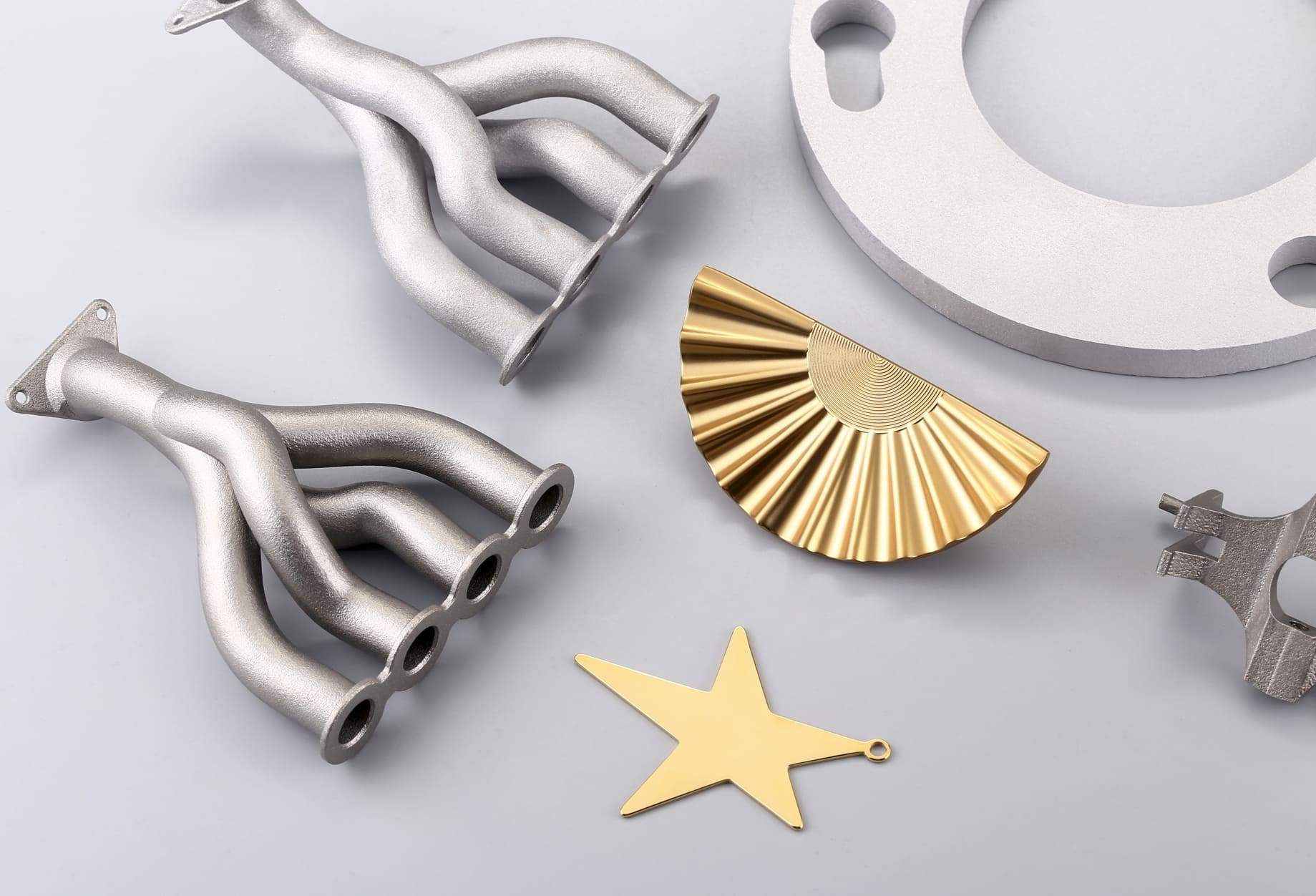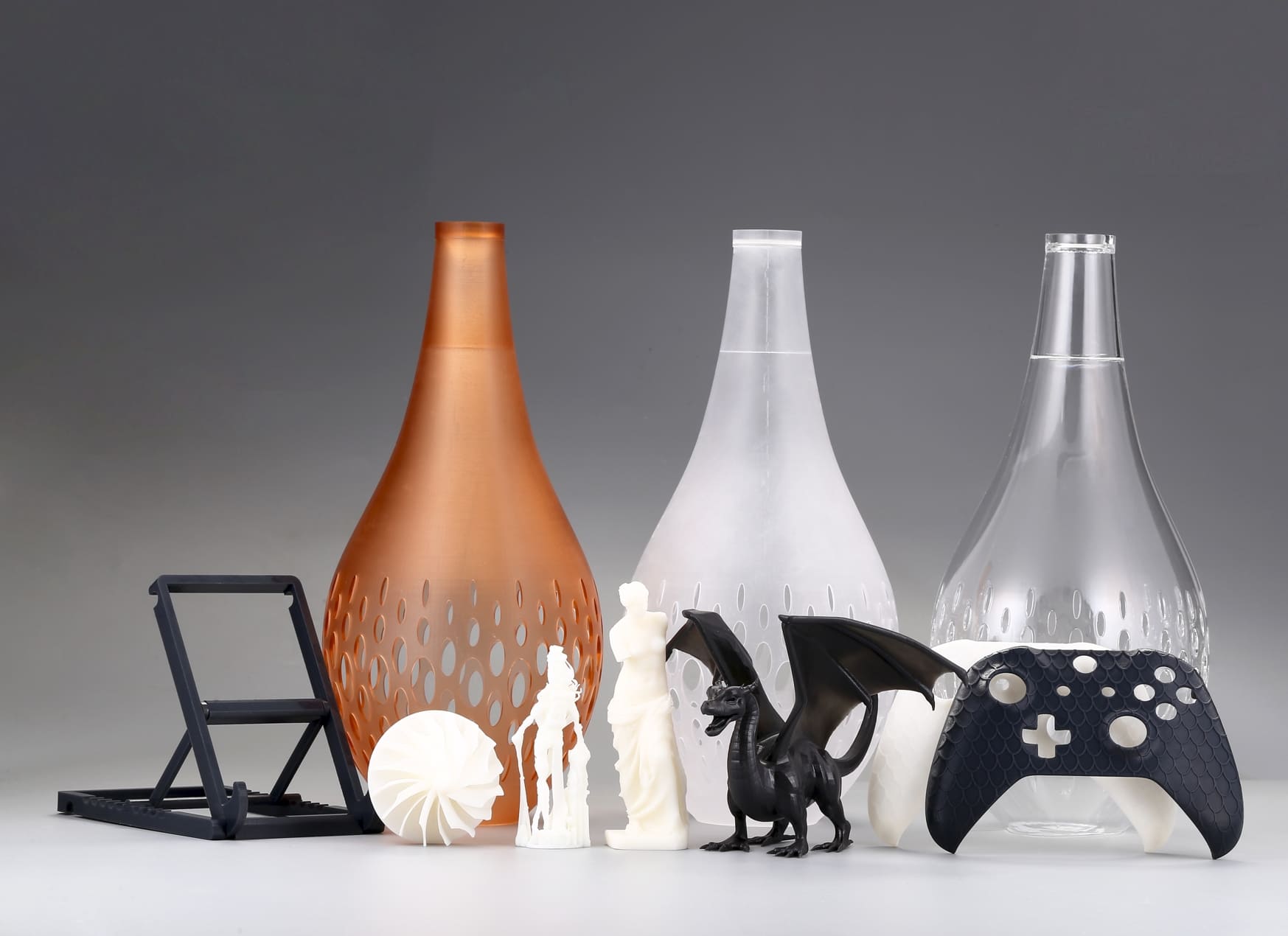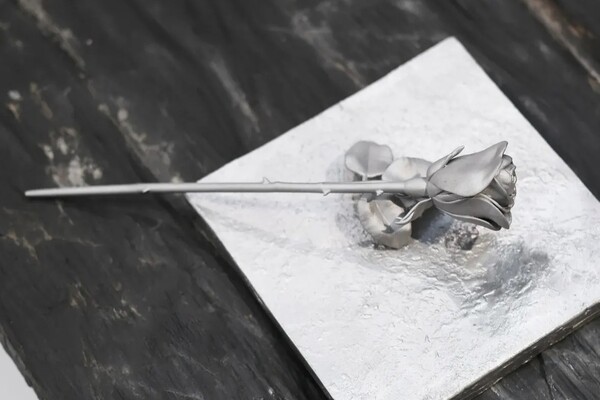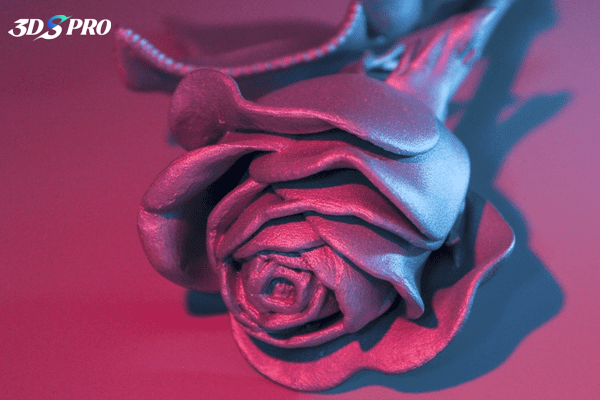'From A Distance' Case Study
"3D Printing in Art: From A Distance Case Study" explores the compelling integration of advanced manufacturing and contemporary art.
In this innovative case study, the collaboration between 3DSPRO and the artistic duo Batten & Kamp redefines creative boundaries. The project, “From a Distance,” chronicles how the artists transformed natural elements into striking light installations using metal 3D printing.
Inspired by personal connections to nature, the duo collected branches from two emotionally charged sites in New Zealand—locations marked by wildfires and floods. These branches were digitally scanned to capture their intricate textures, twists, and knots, subsequently becoming detailed digital models.
Leveraging the precision of Selective Laser Melting (SLM), 3DSPRO reproduced the branches layer-by-layer in aluminum, and used sandblasting and welding to enhance the perfection. The solution preserved the inherent beauty of the natural forms and elevated them into extraordinary works of art.
The case study illustrates how embracing additive manufacturing can expand artistic possibilities, enabling creators to bridge the gap between raw natural forms and refined artistic expression. Overall, this initiative marks a milestone where art, technology, and nature converge to create uniquely innovative and emotionally resonant installations.
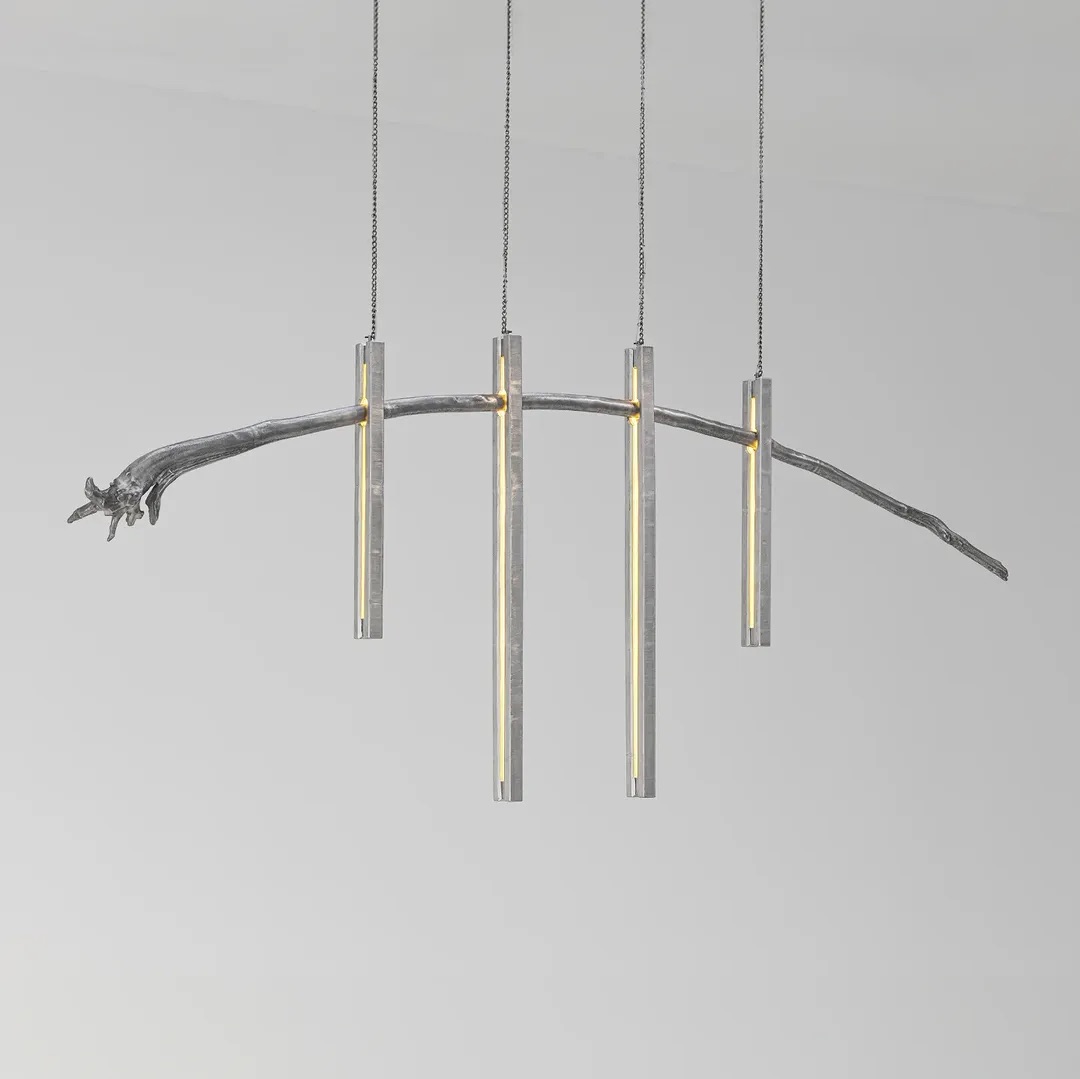
The Significances of 3D Printing for Artists and Designers
1. Unlocking Creative Possibilities
• Beyond Traditional Limits: 3D printing enables creators to break free from the constraints imposed by manual craftsmanship. The technology makes it possible to design complex geometries, intricate textures, and organic forms.
• Innovative Design Exploration: Artists can now explore experimental shapes and structures digitally before materializing them, which encourages risk-taking and innovative thinking, leading to artwork and design pieces that push the boundaries of conventional aesthetics.
2. Democratizing Artistic Innovation
• Accessible Technology: As the cost of 3D printers decreases and design software becomes more accessible, artists and designers, regardless of size or budget, can now take advantage of 3D printing.
• Rapid Prototyping: The ability to quickly iterate designs by printing prototypes fosters an environment of continuous learning and refinement. Rapid prototyping means that creative ideas can be trialed and perfected faster than ever, reducing the time between conception and final product.
3. Redefining Authenticity and Accessibility
• Customizable Artifacts: 3D printing allows for the precise reproduction of an artist’s vision. Unique, personalized pieces can be crafted on demand, reflecting a new era where art is highly original and easily replicable when desired.
• Enhanced Viewer Engagement: By transforming digital designs into tangible objects, the process introduces interactivity into art. The accessibility broadens the audience and deepens their engagement through tactile experiences that connect emotionally with the narrative or concept behind the work.
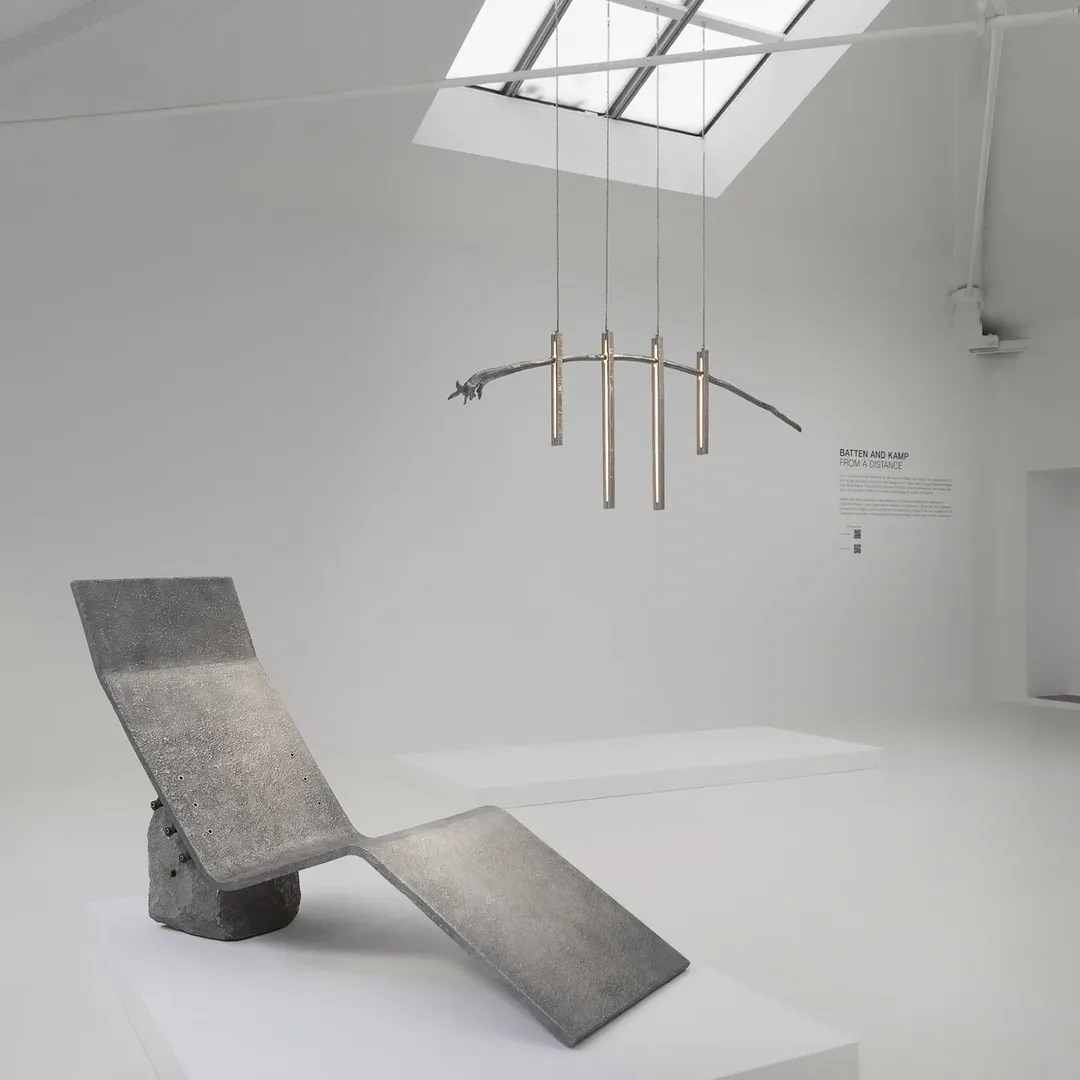
4. Sustainability and Efficiency
• Material Efficiency: Additive manufacturing builds objects layer by layer, which minimizes waste compared to subtractive fabrication methods. And some used powder materials can be recycled. Artists and designers can now create with a reduced carbon footprint by accurately using material only where it’s needed.
• Eco-Friendly Materials: The field is evolving with innovations in sustainable materials, enabling creators to use recycled or bio-based substances while still achieving precise results.
5. Bridging Digital and Traditional Craftsmanship
• An Interdisciplinary Medium: 3D printing merges digital technology with classical craftsmanship. Traditional techniques—once confined to physical mediums—can now be integrated with digital design, offering unique hybrid creations that blend history with modern innovation.
• Legacy Meets Technology: This convergence doesn’t erase the value of manual skills but rather elevates them. Artists can now innovate while paying homage to centuries-old methods, creating art that feels both timeless and futuristically inspired.
6. Fostering Collaborative Ecosystems
• Cultivating Community: With an open platform for sharing digital designs, techniques, and innovations, 3D printing fosters interdisciplinary collaboration. Artists, engineers, and designers often work together to combine their unique perspectives, leading to breakthrough projects.
• Inspiring Global Connectivity: The technology enables a fluid exchange of ideas across the globe, allowing talents from diverse backgrounds to contribute to a collective movement in art and design.
* Images Courtesy of Batten & Clamp












